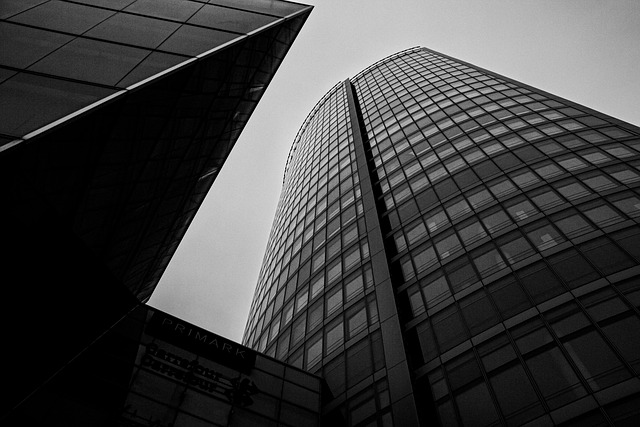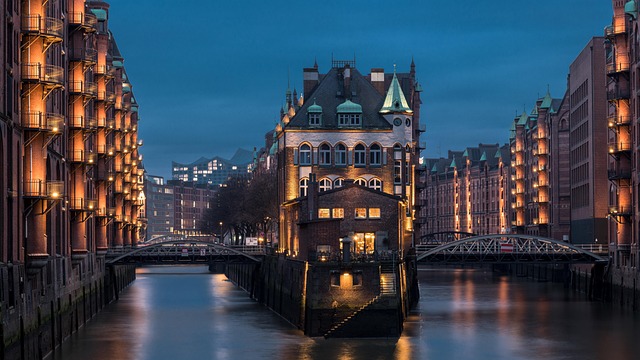Karachi, Pakistan's bustling economic hub, faces severe traffic congestion on vital roads like Malir Link Road, exacerbated by rapid urbanization and rising vehicle ownership. To address this challenge, a transformative initiative is underway: constructing a Super Highway link from Malir to the main expressway, promising reduced travel times, improved connectivity, and enhanced livability for Karachi's residents. This strategic project integrates with existing highways, streamlining traffic flow and supporting economic growth while requiring careful balancing of urban development with preserving local communities and businesses. The future looks promising for smoother commuting in Karachi, fostering sustainability and improving quality of life.
Karachi, Pakistan’s bustling metropolis, has long grappled with severe traffic congestion, impacting daily life and economic growth. In response, the Malir Link to Super Highway project emerges as a transformative initiative. This article explores the city’s traffic challenges and delves into how this super highway promises to revolutionize transportation networks in Karachi. By examining its integration, benefits, and potential future impacts, we uncover the transformative power of this infrastructure development on Karachi’s urban landscape.
- Understanding Karachi's Traffic Congestion: A Brief Overview
- The Promise of a Super Highway: An Effort to Alleviate Traffic
- How the Super Highway Links to Existing Transportation Networks
- Challenges and Benefits: Exploring the Impact on the City
- The Future of Commuting: Long-term Effects and Possibilities
Understanding Karachi's Traffic Congestion: A Brief Overview
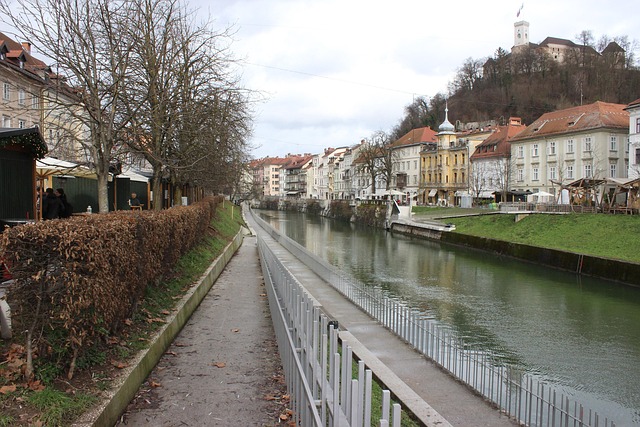
Karachi, Pakistan’s economic hub, faces significant traffic congestion issues, particularly on its major roads and highways. The city’s rapid urbanization and increasing vehicle ownership have led to a substantial rise in the number of cars on the road. As a result, travel times have lengthened, causing frustration among residents and impacting the overall efficiency of the metropolis.
The Malir Link Road to the Super Highway is one such corridor that often experiences heavy traffic jams during peak hours. This vital connection between different parts of Karachi helps facilitate movement across the city but has become a victim of the growing vehicular load. Understanding these congestion points is crucial for implementing effective transport solutions, ensuring smoother travel, and improving the quality of life for the citizens of Karachi.
The Promise of a Super Highway: An Effort to Alleviate Traffic
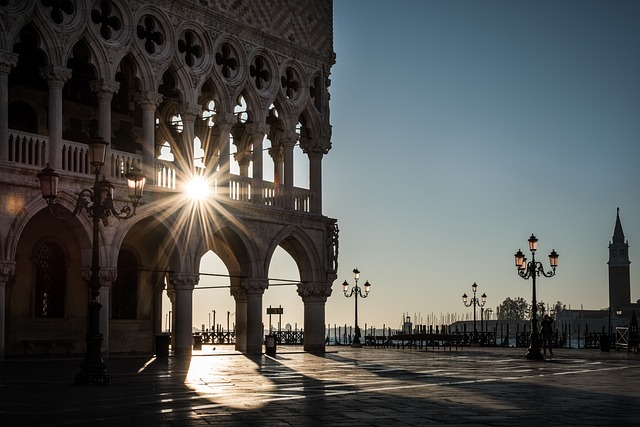
In Karachi, one of the most populous and bustling metropolises in Pakistan, traffic congestion has long been a significant challenge. The city’s sprawling roads often become gridlocked during peak hours, causing frustration among residents and impacting economic productivity. To alleviate this pressing issue, there is a promising initiative underway: the development of a Super Highway link from Malir to the main expressway.
This ambitious project holds the key to transforming Karachi’s traffic landscape. By providing an additional high-capacity highway, it aims to divert heavy traffic flow, offering relief to congested routes. The Super Highway will not only enhance connectivity between different parts of the city but also facilitate faster travel times, potentially reducing commute stress for many Karachis. With such a significant upgrade to the urban infrastructure, residents can look forward to a more efficient and fluid transportation network in the near future.
How the Super Highway Links to Existing Transportation Networks

The Super Highway, a marvel of modern infrastructure in Karachi, serves as a vital link not just within the city but to its extensive transportation network. It seamlessly connects with the existing highway system, providing an efficient route for both local and intercity travel. This integration allows for smoother traffic flow, reducing congestion and commute times. Motorists can easily transition from the Super Highway to other major roads, such as the M9 and N5, which further facilitate access to diverse areas of Karachi and its surrounding suburbs.
The strategic positioning of this superhighway enables it to act as a backbone for the city’s transport ecosystem. It enhances connectivity between key commercial hubs, residential neighborhoods, and important landmarks, fostering economic growth and making Karachi more accessible. This interconnectedness is particularly beneficial for the bustling metropolis, ensuring efficient movement of goods and people across its vast landscape.
Challenges and Benefits: Exploring the Impact on the City
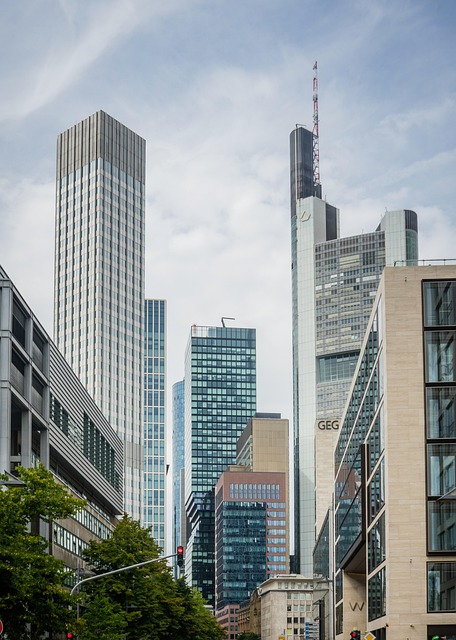
The construction of the Malir Link to Super Highway presents a double-edged sword for Karachi, Pakistan’s bustling metropolis. On one hand, this ambitious infrastructure project promises immense benefits, including reduced travel times and enhanced connectivity within the city and its surrounding areas. It aims to alleviate the notorious traffic congestion that has long plagued Karachi, particularly during peak hours, improving overall mobility and potentially boosting economic activity.
However, as with any large-scale urban development, there are challenges to consider. The project’s implementation may disrupt local communities, cause temporary inconvenience, and impact existing businesses in the vicinity. Balancing the need for efficient transportation infrastructure with the preservation of residential areas and local livelihoods is crucial. Karachi, known for its vibrant tapestry of cultures and bustling hustle and bustle, must navigate this transformation while ensuring that the Malir Link to Super Highway serves as a catalyst for positive change, fostering a more connected and accessible city for all its folks.
The Future of Commuting: Long-term Effects and Possibilities
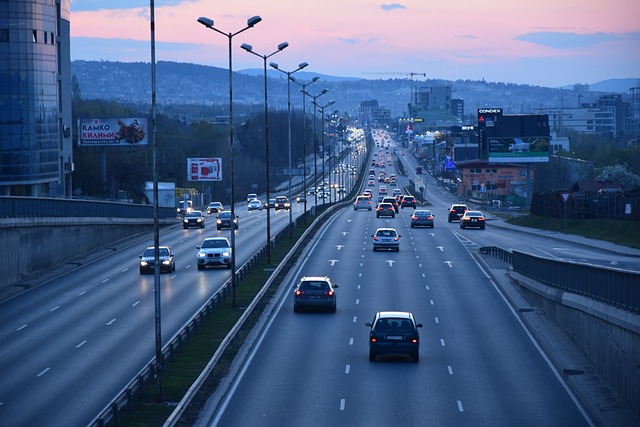
The future of commuting in Karachi is an exciting prospect, with the potential for significant transformations that could reshape how residents navigate the city. The proposed Malir Link to Super Highway project is a game-changer, promising to reduce travel times and alleviate traffic congestion that has long plagued this bustling metropolis. By providing an efficient alternative route, this initiative may encourage more people to opt for public transportation, fostering a sustainable and eco-friendly commuting culture.
In the long term, such infrastructural developments could lead to a more connected Karachi, where travel between different areas becomes smoother and faster. This could enhance economic growth by facilitating easier movement of goods and services and potentially attracting new businesses and investments. Moreover, efficient transportation networks are key to improving quality of life for residents, offering them more leisure time and opportunities to explore the city’s vibrant tapestry.
Karachi’s traffic congestion has long been a pressing issue, but with the proposed Super Highway, there’s a promising solution in sight. This ambitious project aims to alleviate the city’s transport woes by seamlessly linking various transportation networks, offering faster and more efficient commuting options. While challenges remain, the potential benefits for Karachi are immense, promising a brighter future for its residents and commuters. As work progresses, the Super Highway could very well revolutionize travel across the metropolis, transforming daily commutes and reshaping the urban landscape of Karachi.

